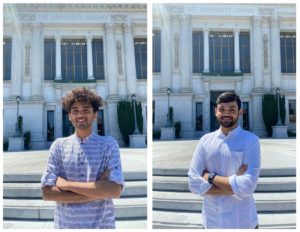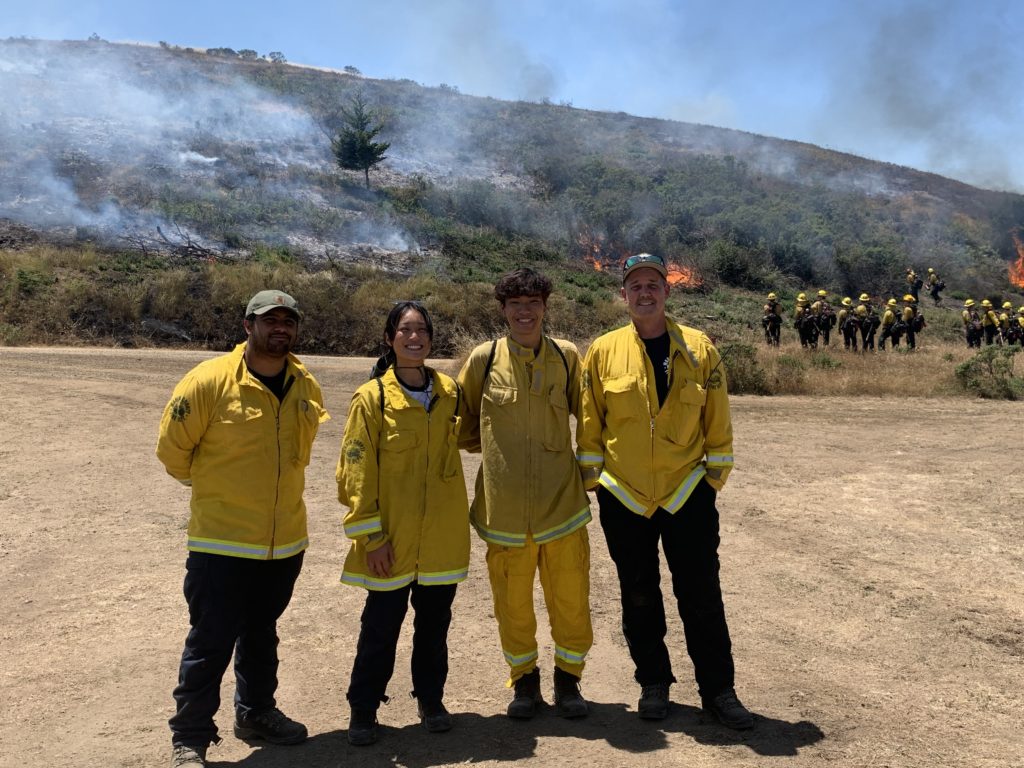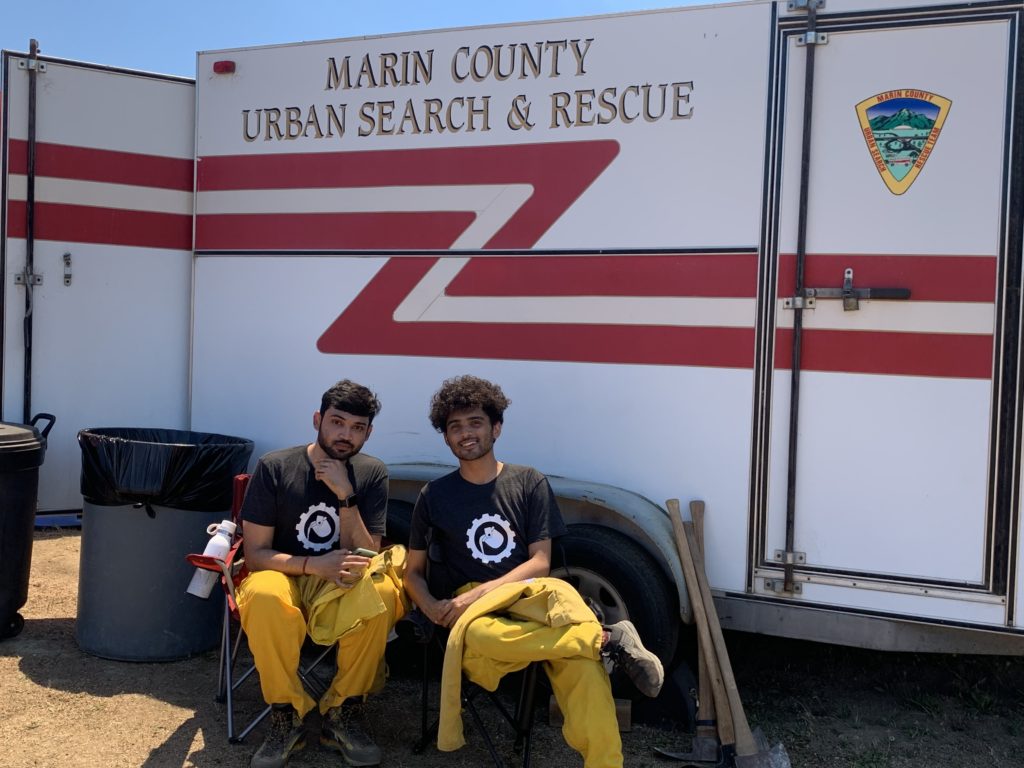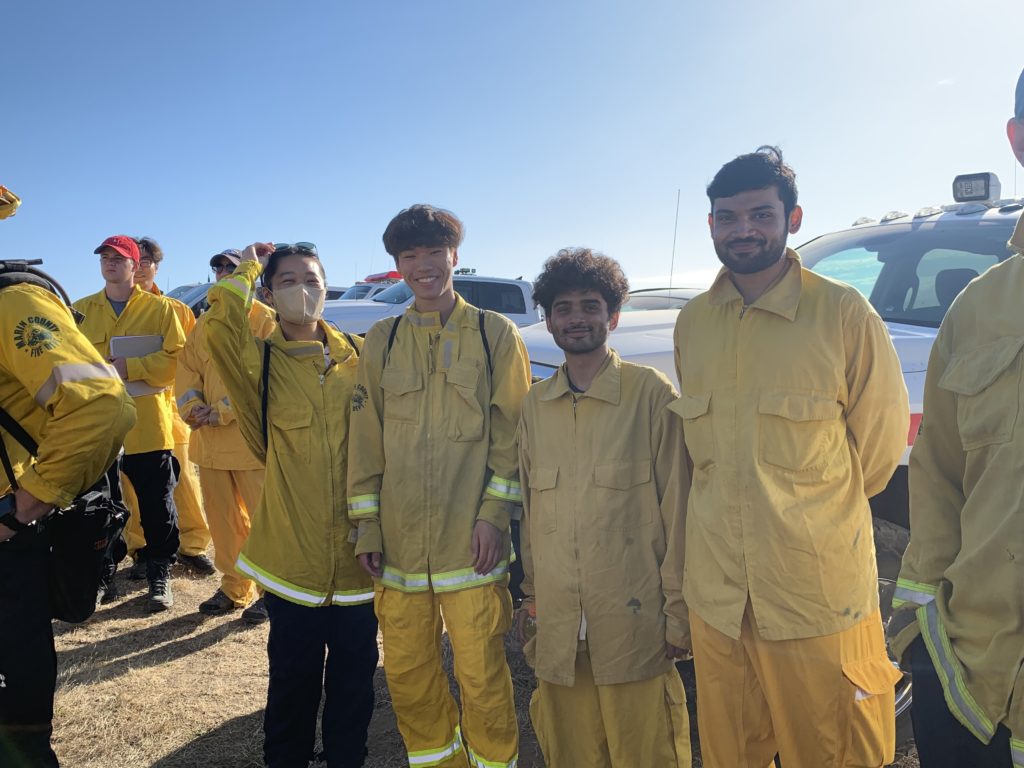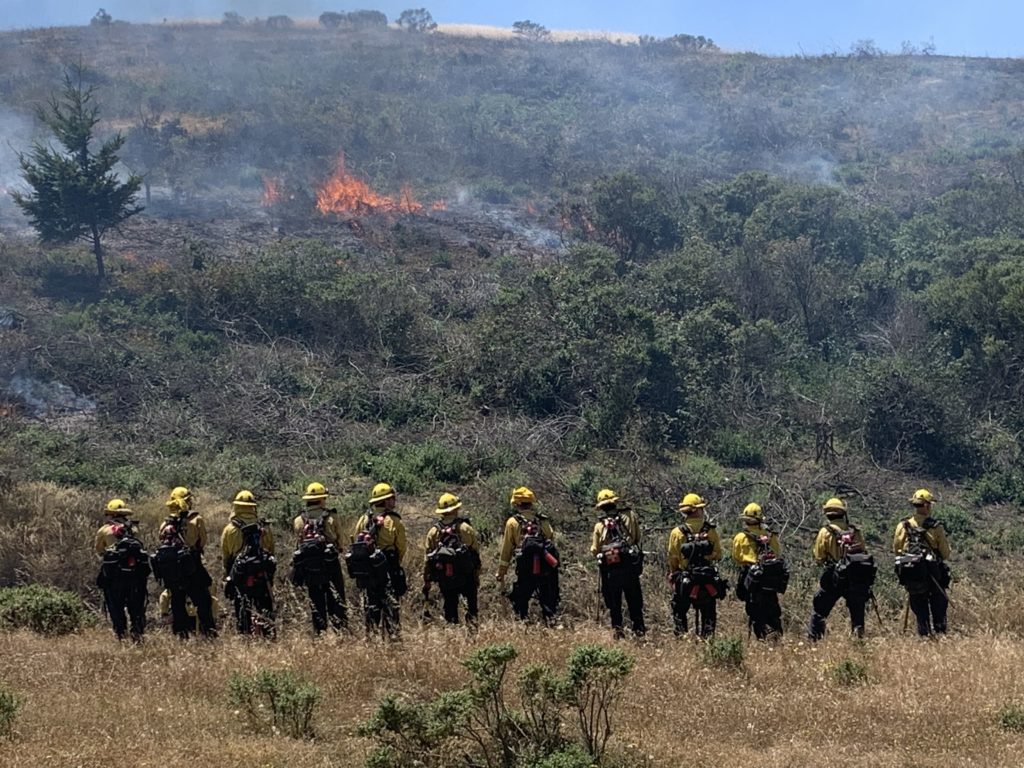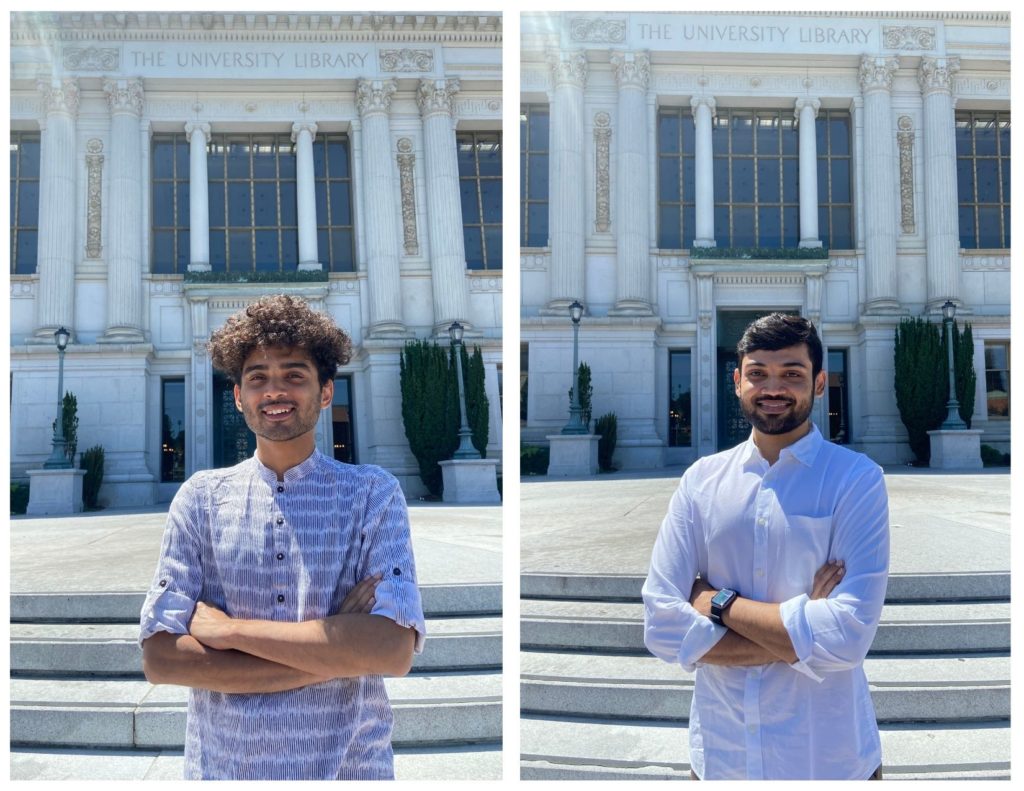Visiting Students Use Data to Create a Machine Learning Model to Better Predict California Wildfires
Visiting Students Sarthak Arora and Sai Venkat Ram Mallela are currently working with SCET’s Disaster Lab and the Global Fellows Program to conduct research to help with one of California’s biggest challenges: wildfires. Sarthak and Sai are currently enrolled in a Postgraduate program in Machine Learning and Leadership at Plaksha University in Northern India.
In 2021 alone, there were 8,619 forest fires that burned a total of 2.6 million acres in California, and resulted in three fatalities, 3,629 damaged structures and great loss of wildlife. Sarthak and Sai wanted to give back. That is why they came to UC Berkeley to work towards making an impact on wildfire research. Sai and Sarthak are now focused on creating open-source and user-friendly fire risk assessment tools to help fire services, city planners and developers with critical decision-making.
Currently, I use my skill set in Machine Learning and Research to create impact in society, in SDGs such as Climate Action, Healthcare, Poverty, Gender Equality. Hence, to work on a project on wildfire risk modeling and assessment alongside UC Berkeley, in a state ravaged by wildfires, was an opportunity for me to apply my skills to better understand the factors affecting wildfires, and employ preemptive techniques to subdue it.
Sai Venkat Ram Mallela
Having a clear understanding of the fire risks in wildland-urban interfaces allows communities to be proactive about reducing risk through vegetation management, roadway improvements, and other measures to improve resilience. To better predict future wildfires, Sarthak and Sai conducted a thorough literature review and search for relevant data to create a machine learning model that could analyze wildfire risk for geographic regions and simulate potential wildfire in each area.
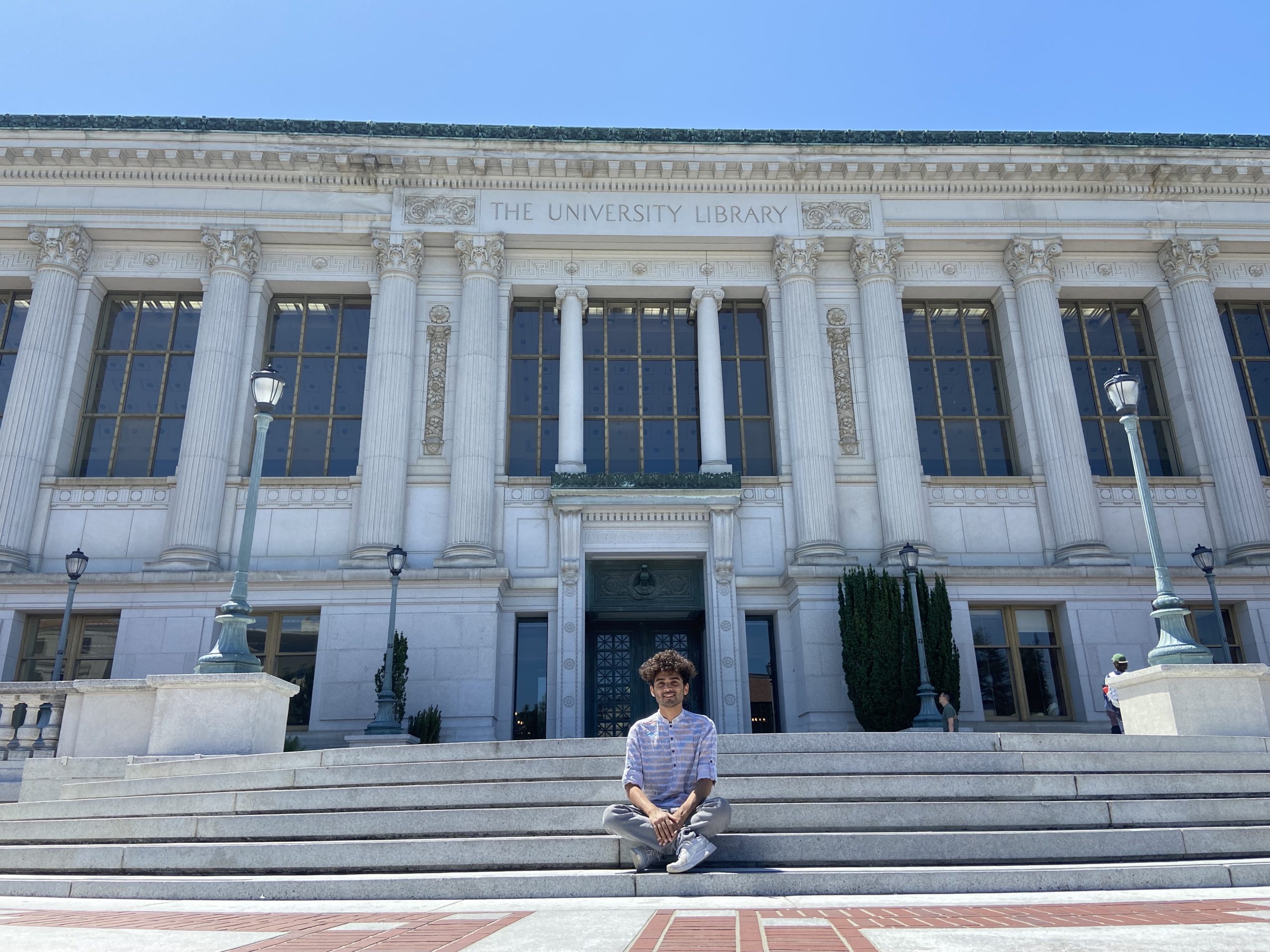
Sai and Sarthak attend a controlled burn and wildland firefighter training on June 23. The Disaster Lab is working with the Marin County Fire Department to better understand the needs and challenges of firefighters on the ground, and how technology and new innovations can help prevent and manage wildfires.
Sai and Sarthak found many datasets and models that used features such as housing data, distance to the nearest fire station, traffic patterns, slope, elevation and types of trees in the area. They also gathered data about past wildfires in Lake County and California to correlate with the data they were collecting to understand what features are the biggest risk for fire.
They are working with the Disaster Lab to develop a fire risk model and are in the process of applying it to a region in Northern California where the required data is available. After looking at the relevant research, the students created their own model MVP using publicly available data on factors such as historical wildfire data, topography data, weather data, drought data, vegetation data, and population density. Using a random forest model, they were able to predict where fire is likely to occur with 93% accuracy.
This opportunity at UC Berkeley has been a perfect match for my interests and is aligned with my idea of using cutting edge technology to do impactful work. UC Berkeley has state of the art infrastructure and an encouraging environment to perform research.
Sai Venkat Ram Mallela
Moving forward, Sarthak and Sai hope to continue collaborating with SCET, and with prominent fire researchers at Berkeley to investigate more complex datasets, understand the latest techniques in fire risk modeling, and improve their deep learning model to ultimately be able to simulate incidents of fire in the future across California and predict on a square kilometers basis the fire risk for geographic regions across the state.
The SCET Disaster Lab will present their work to fire risk mitigation specialists, city planners, and firefighters to evaluate the efficacy of the model. Using their feedback, the students will continue to iterate their approach or pivot to focus on the user interface and simulation side of the project. The unique perspectives and enthusiasm that Sai and Sarthak have brought to this project through their deep desire to protect the environment and leave the world a better place is inspiring and it's exactly what moves true innovation forward.
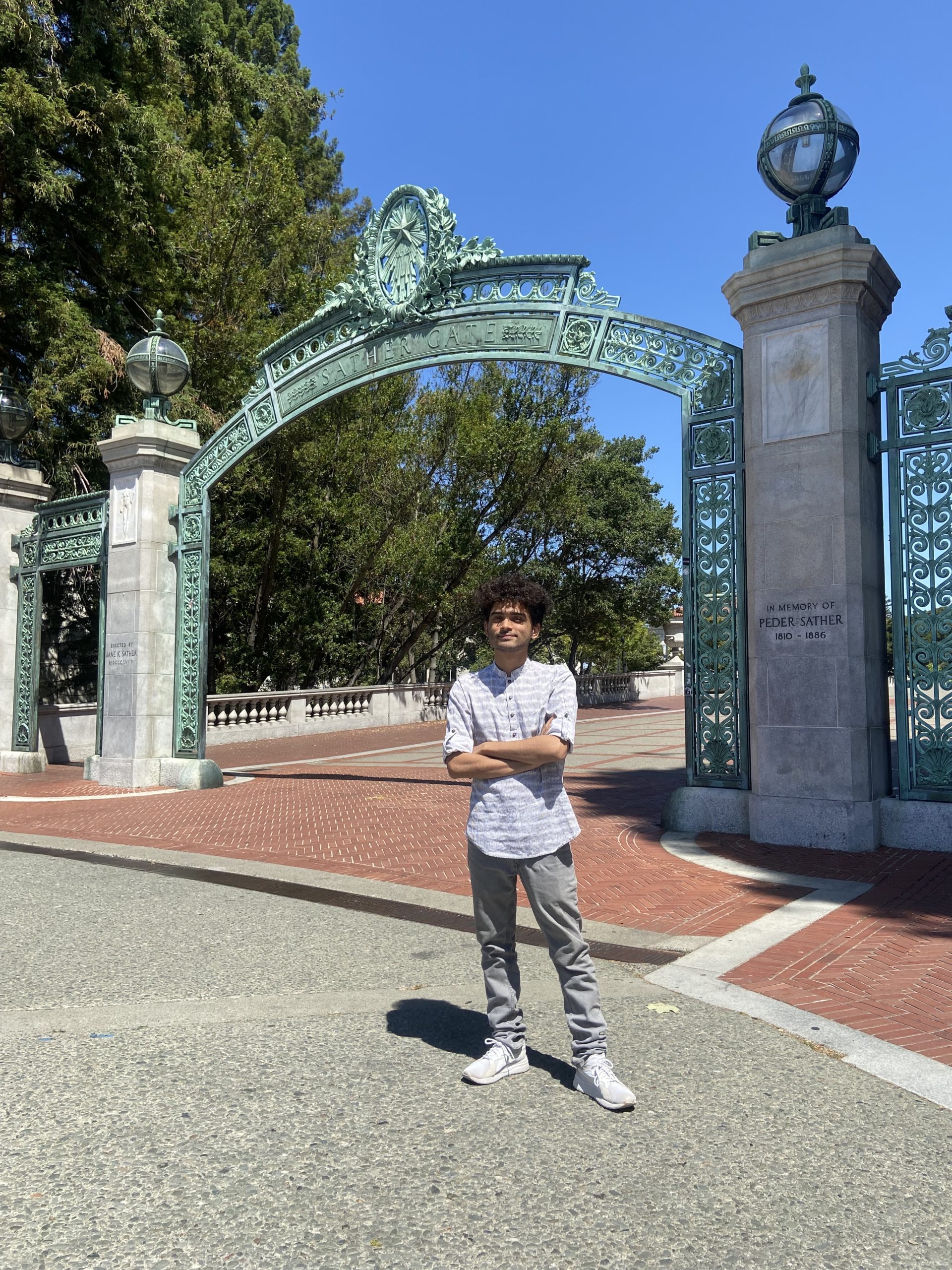
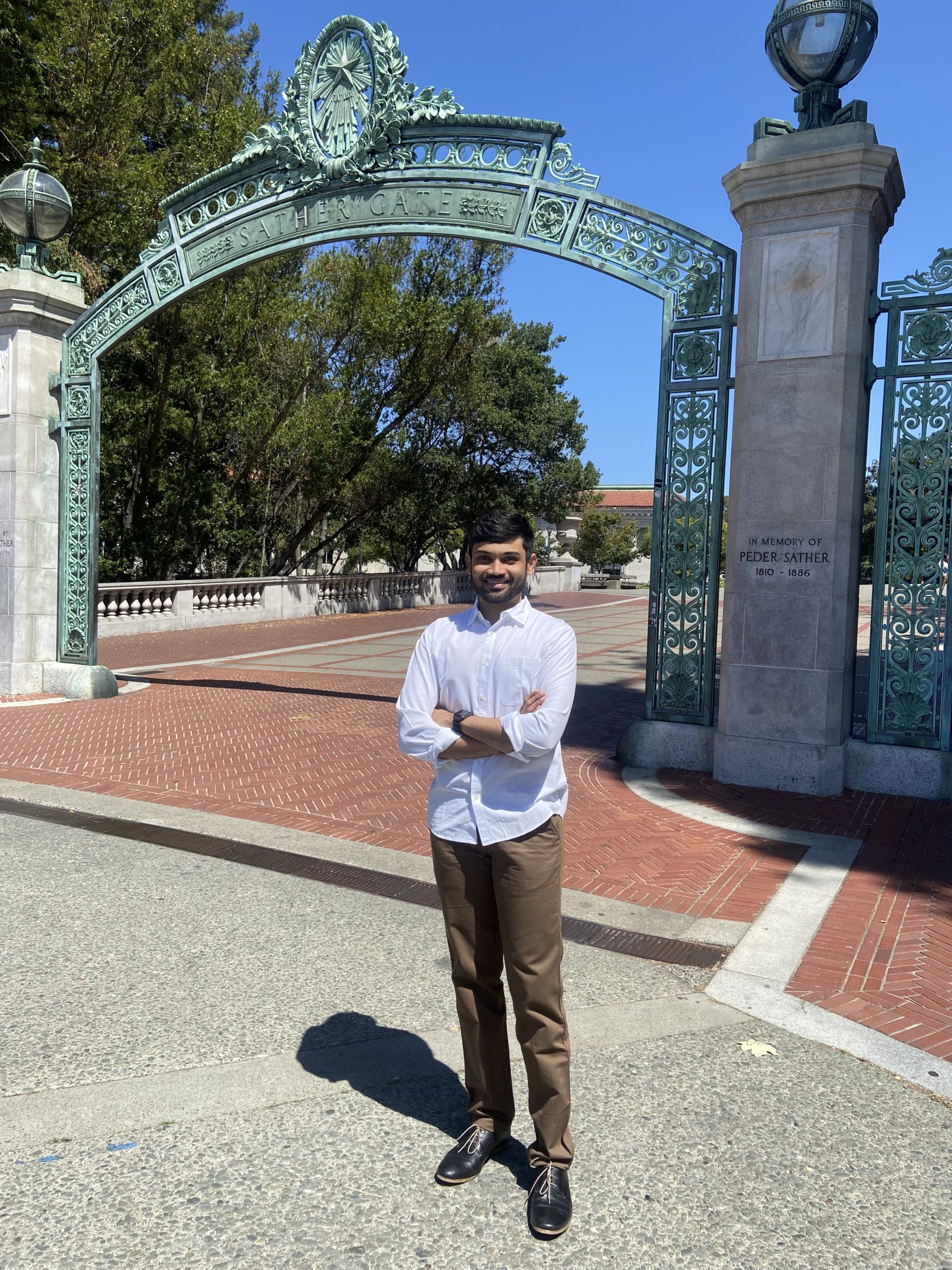
Visiting Students Sarthak Arora and Sai Venkat Ram Mallela are currently working with SCET’s Disaster Lab and the Global Fellows Program to conduct research to help with one of California’s biggest challenges: wildfires. Sarthak and Sai are currently enrolled in a Postgraduate program in Machine Learning and Leadership at Plaksha University in Northern India.
In 2021 alone, there were 8,619 forest fires that burned a total of 2.6 million acres in California, and resulted in three fatalities, 3,629 damaged structures and great loss of wildlife. Sarthak and Sai wanted to give back. That is why they came to UC Berkeley to work towards making an impact on wildfire research. Sai and Sarthak are now focused on creating open-source and user-friendly fire risk assessment tools to help fire services, city planners and developers with critical decision-making.
Currently, I use my skill set in Machine Learning and Research to create impact in society, in SDGs such as Climate Action, Healthcare, Poverty, Gender Equality. Hence, to work on a project on wildfire risk modeling and assessment alongside UC Berkeley, in a state ravaged by wildfires, was an opportunity for me to apply my skills to better understand the factors affecting wildfires, and employ preemptive techniques to subdue it.
Sai Venkat Ram Mallela
Having a clear understanding of the fire risks in wildland-urban interfaces allows communities to be proactive about reducing risk through vegetation management, roadway improvements, and other measures to improve resilience. To better predict future wildfires, Sarthak and Sai conducted a thorough literature review and search for relevant data to create a machine learning model that could analyze wildfire risk for geographic regions and simulate potential wildfire in each area.

Sai and Sarthak attend a controlled burn and wildland firefighter training on June 23. The Disaster Lab is working with the Marin County Fire Department to better understand the needs and challenges of firefighters on the ground, and how technology and new innovations can help prevent and manage wildfires.
Sai and Sarthak found many datasets and models that used features such as housing data, distance to the nearest fire station, traffic patterns, slope, elevation and types of trees in the area. They also gathered data about past wildfires in Lake County and California to correlate with the data they were collecting to understand what features are the biggest risk for fire.
They are working with the Disaster Lab to develop a fire risk model and are in the process of applying it to a region in Northern California where the required data is available. After looking at the relevant research, the students created their own model MVP using publicly available data on factors such as historical wildfire data, topography data, weather data, drought data, vegetation data, and population density. Using a random forest model, they were able to predict where fire is likely to occur with 93% accuracy.
This opportunity at UC Berkeley has been a perfect match for my interests and is aligned with my idea of using cutting edge technology to do impactful work. UC Berkeley has state of the art infrastructure and an encouraging environment to perform research.
Sai Venkat Ram Mallela
Moving forward, Sarthak and Sai hope to continue collaborating with SCET, and with prominent fire researchers at Berkeley to investigate more complex datasets, understand the latest techniques in fire risk modeling, and improve their deep learning model to ultimately be able to simulate incidents of fire in the future across California and predict on a square kilometers basis the fire risk for geographic regions across the state.
The SCET Disaster Lab will present their work to fire risk mitigation specialists, city planners, and firefighters to evaluate the efficacy of the model. Using their feedback, the students will continue to iterate their approach or pivot to focus on the user interface and simulation side of the project. The unique perspectives and enthusiasm that Sai and Sarthak have brought to this project through their deep desire to protect the environment and leave the world a better place is inspiring and it's exactly what moves true innovation forward.



